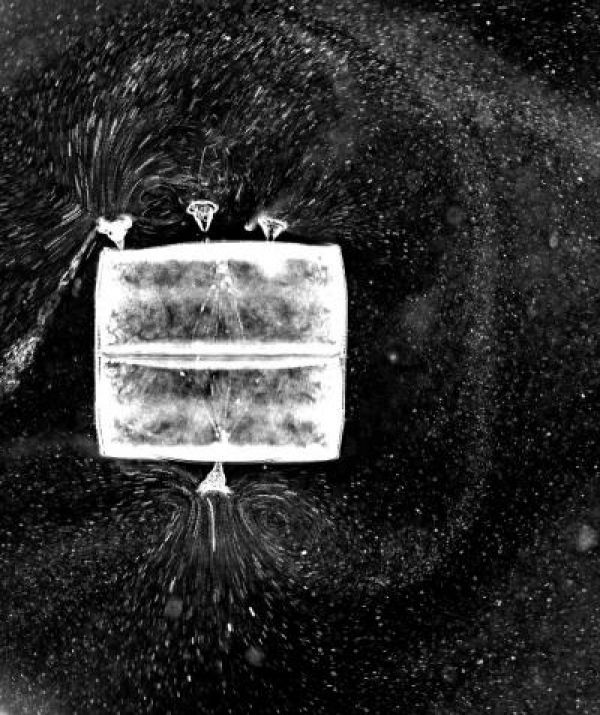What’s a hungry marine microbe to do when the pickings are slim? It must capture nutrients – nitrogen, phosphorus, or iron – to survive, yet in vast expanses of the ocean, nutrients are extremely scarce. And the stakes are high: Marine microbial communities drive many of the elemental cycles that sustain all life on Earth.
One ingenious solution to this challenge is reported this week in Proceedings of the National Academy of Sciences. In low-nutrient environments, marine microbes can clump together and hook up with even tinier cells that have vibrating, hairlike appendages (cilia) on their surface. The beating cilia create microcurrents that can pull up to 10 times more nutrients within the microbes’ reach – thereby serving up a meal through cooperative work.
Even if the ocean is wildly turbulent, microbes can piggyback into consortia for division of labor, says senior corresponding author John H. Costello of Providence College and the Marine Biological Laboratory (MBL), Woods Hole, where much of the research was conducted.
“For all conditions but the most radically extreme mixing, these microbial cells live in fluid spaces that are smaller than the eddies caused by ocean mixing,” Costello says. “In their world, the surrounding fluid is always viscous and they do not experience turbulent eddies as humans feel them.”
Read more at Marine Biological Laboratory
Image: Coscinodiscus wailesii diatom with attached Pseudovorticella coscinodisci ciliate epibionts. Streak lines were derived from flows generated by the ciliate epibionts. The source video was captured at 500 frames per second and the image integrates particle paths over a 200 frame interval. (Credit: Kanso et al, PNAS, 2021)


